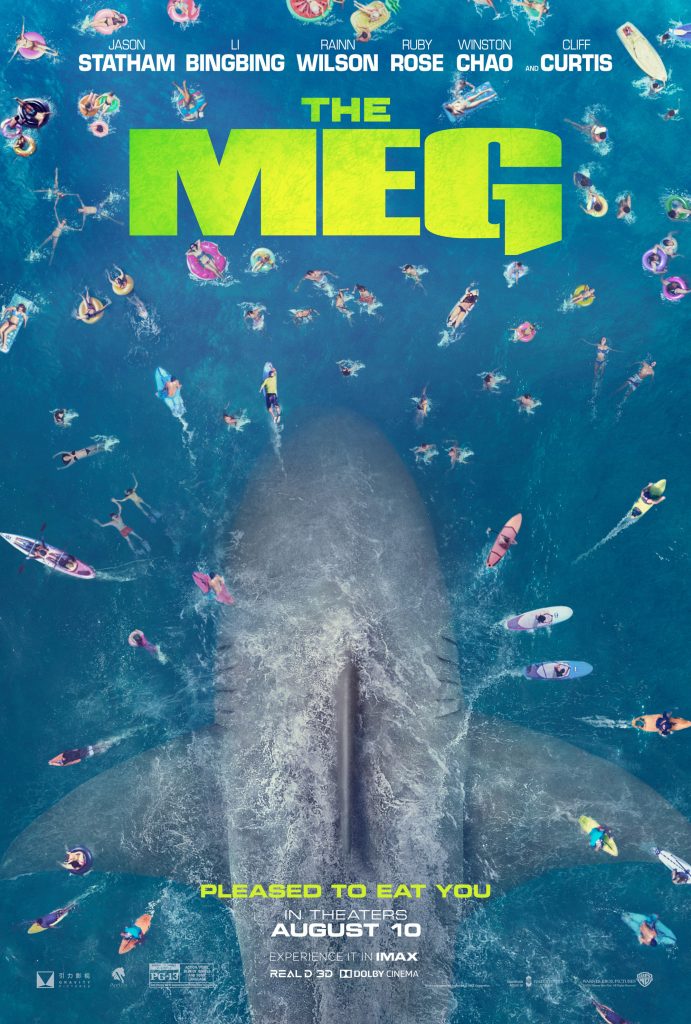Yesterday, the trailer for “the Meg” was released online. This movie is based on a popular book series that claims that megalodon is actually not extinct, just hiding. (I’m in the 4th book).

I have a love-hate relationship with movies like this, by which I mean that I love them and I hate myself for loving them. While movies like “Jaws” had a measurable negative effect on public perception of sharks, I don’t believe that more obviously ridiculous movies like SharkNado have a similar effect. Jason Statham playing a marine biologist in a movie that includes Rainn Wilson? Sign me up.
If not for the people who believe that these movies are real and therefore decide to yell at marine biologists on twitter about it, I’d be all for this. Let’s be totally clear here- Carcharocles megalodon is extinct, and here’s how we know. Shark Week lied to you about it. Actresses from this movie asking about it are not experts. This movie is completely fictional. You can certainly watch it and enjoy it, but please don’t cite it as evidence that a 50 foot long whale-eating shark that used to live in shallow coastal waters near what are now populated areas is not extinct.
Anyway, here is a scene-by scene breakdown of what’s in the first trailer. From it, we can tell that this is an action-packed movie with a great cast that does not stick too closely to the books, and is also not particularly interested in scientific accuracy even with respect to issues unrelated to the “giant extinct animals are actually not extinct”central conceit.
Read More “A scene-by-scene breakdown of the first trailer of “The Meg”” »
 Last April
Last April